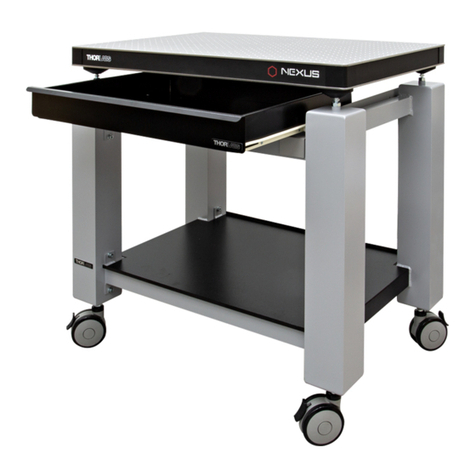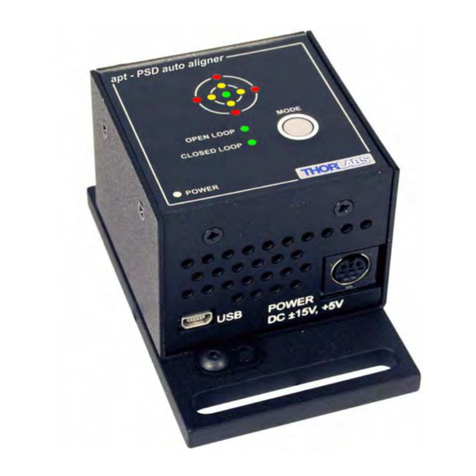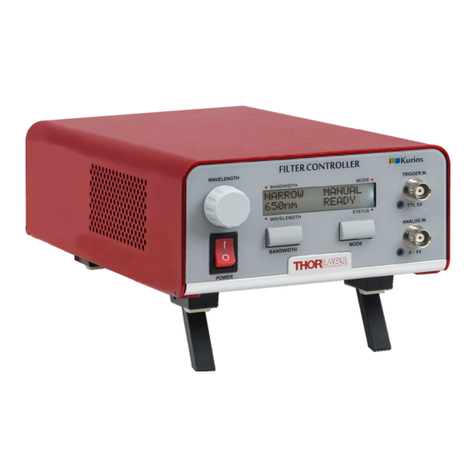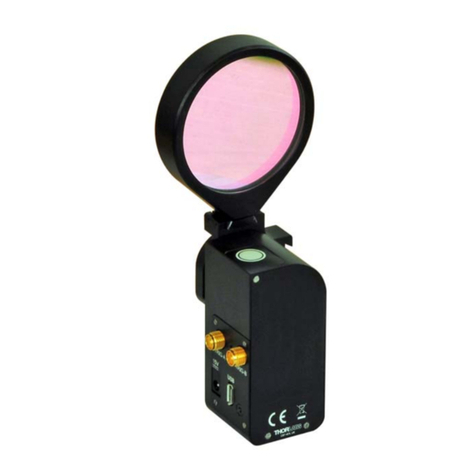THORLABS LCC3111H User manual
Other THORLABS Laboratory Equipment manuals
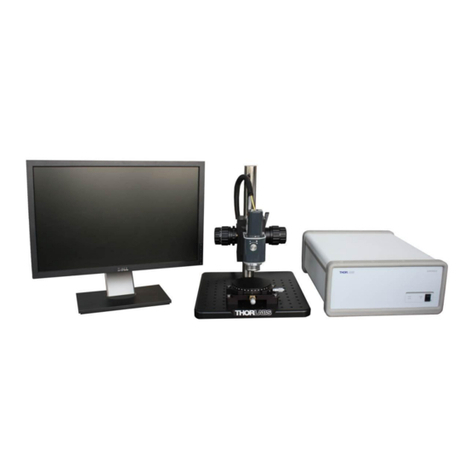
THORLABS
THORLABS GANYMEDE User manual
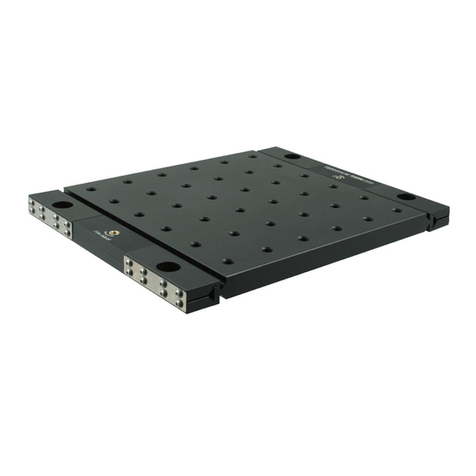
THORLABS
THORLABS TBB Series User manual

THORLABS
THORLABS Thorlabs MDFM-MF2 User manual
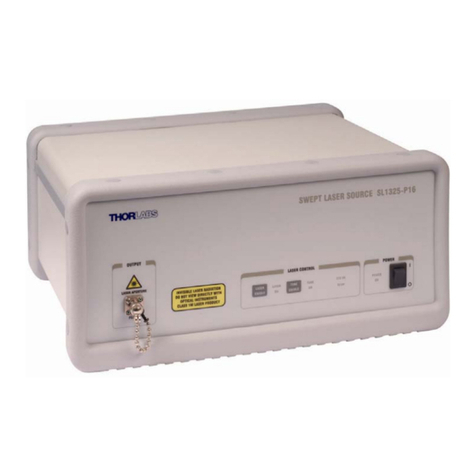
THORLABS
THORLABS SL1325-P16 User manual
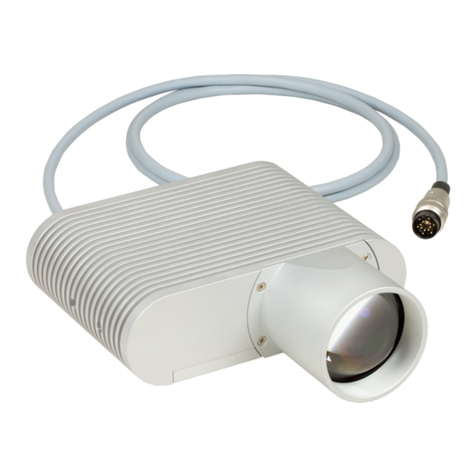
THORLABS
THORLABS LED4D Series User manual
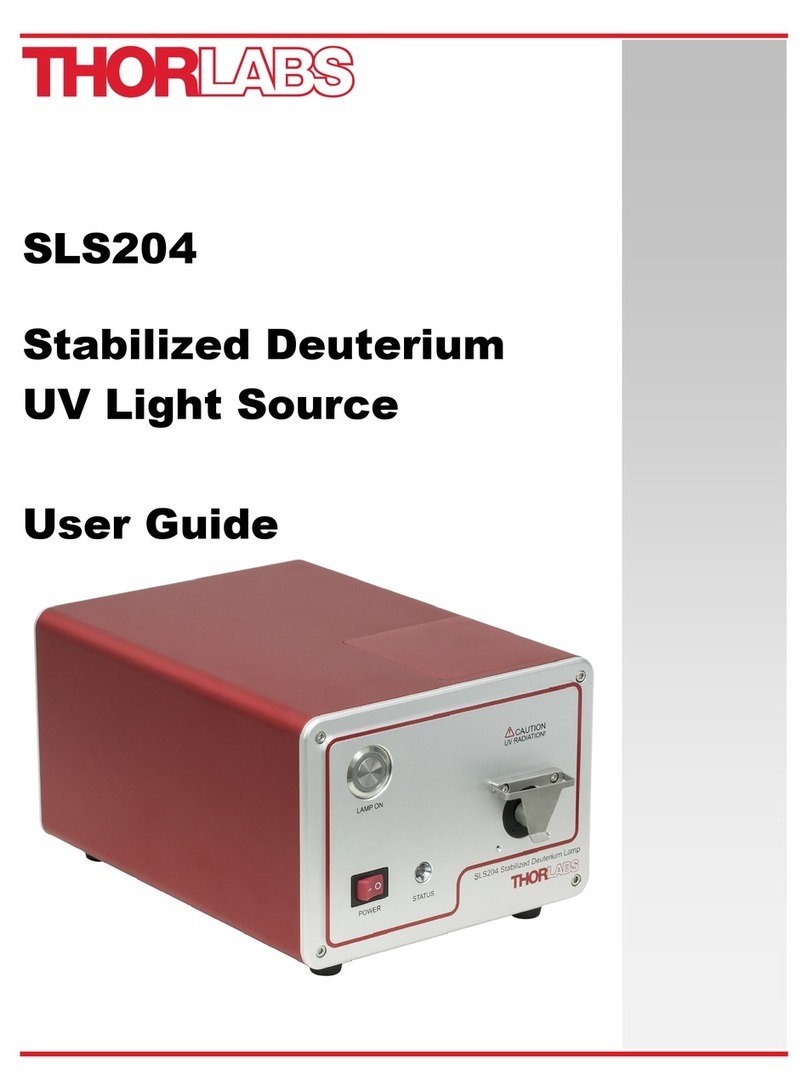
THORLABS
THORLABS SLS204 User manual

THORLABS
THORLABS PD2 User manual
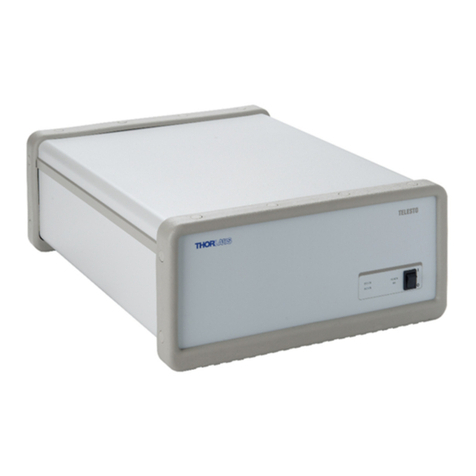
THORLABS
THORLABS Telesto Series User manual
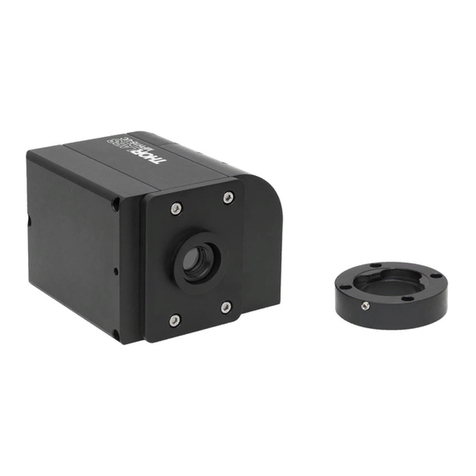
THORLABS
THORLABS MPH16-UC User manual
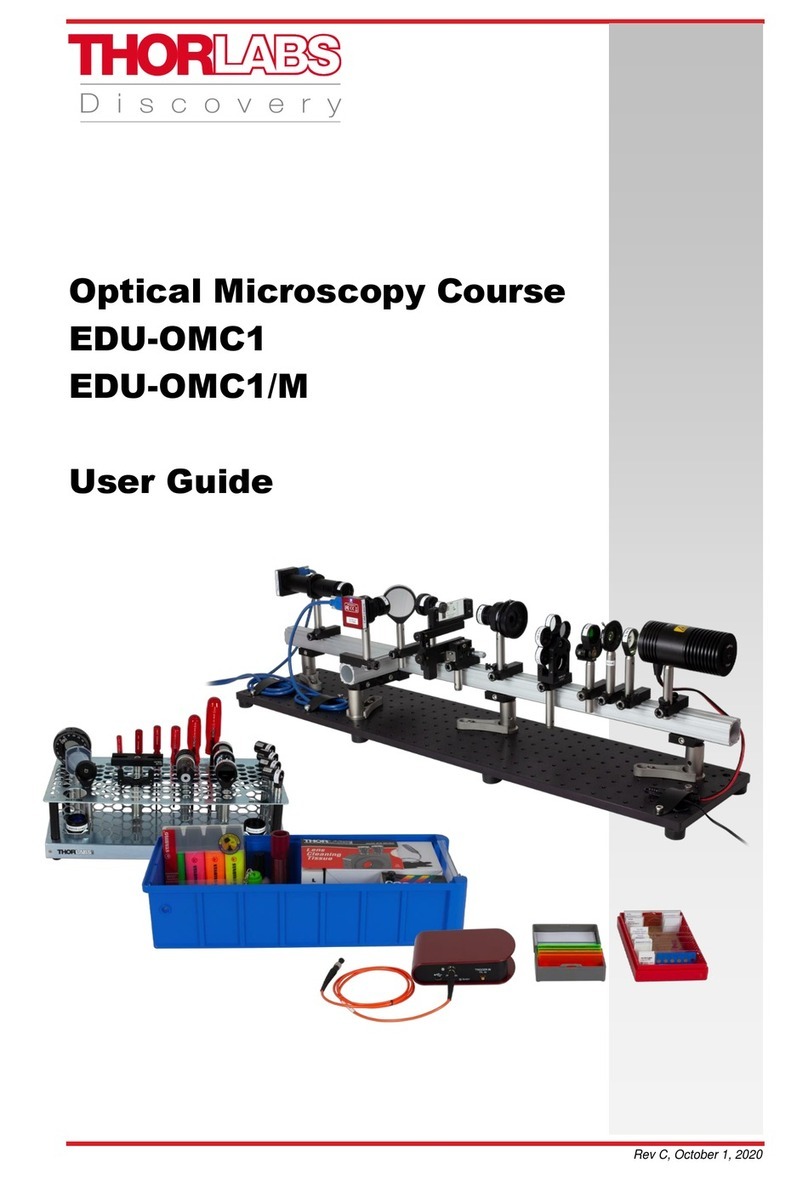
THORLABS
THORLABS EDU-OMC1 User manual
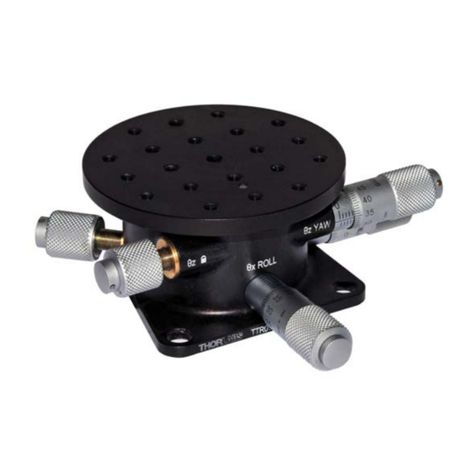
THORLABS
THORLABS TTR001 User manual
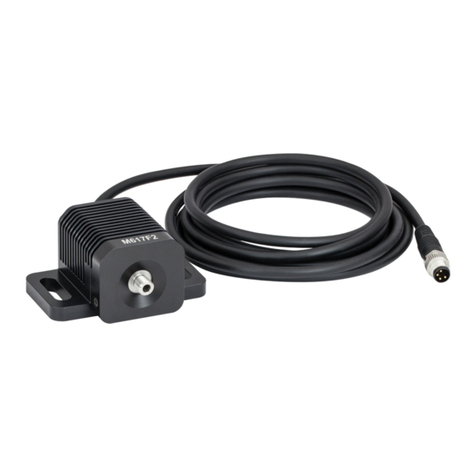
THORLABS
THORLABS M617F2 User manual

THORLABS
THORLABS PRO8 Series User manual
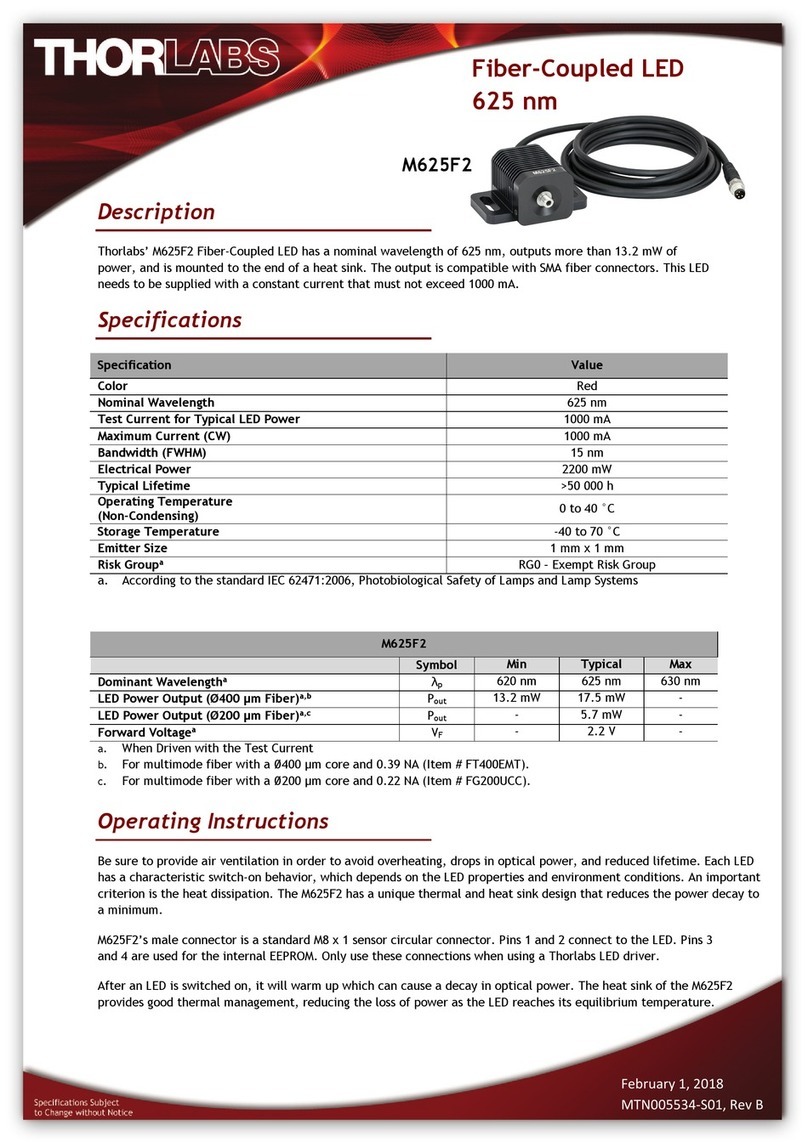
THORLABS
THORLABS M625F2 User manual
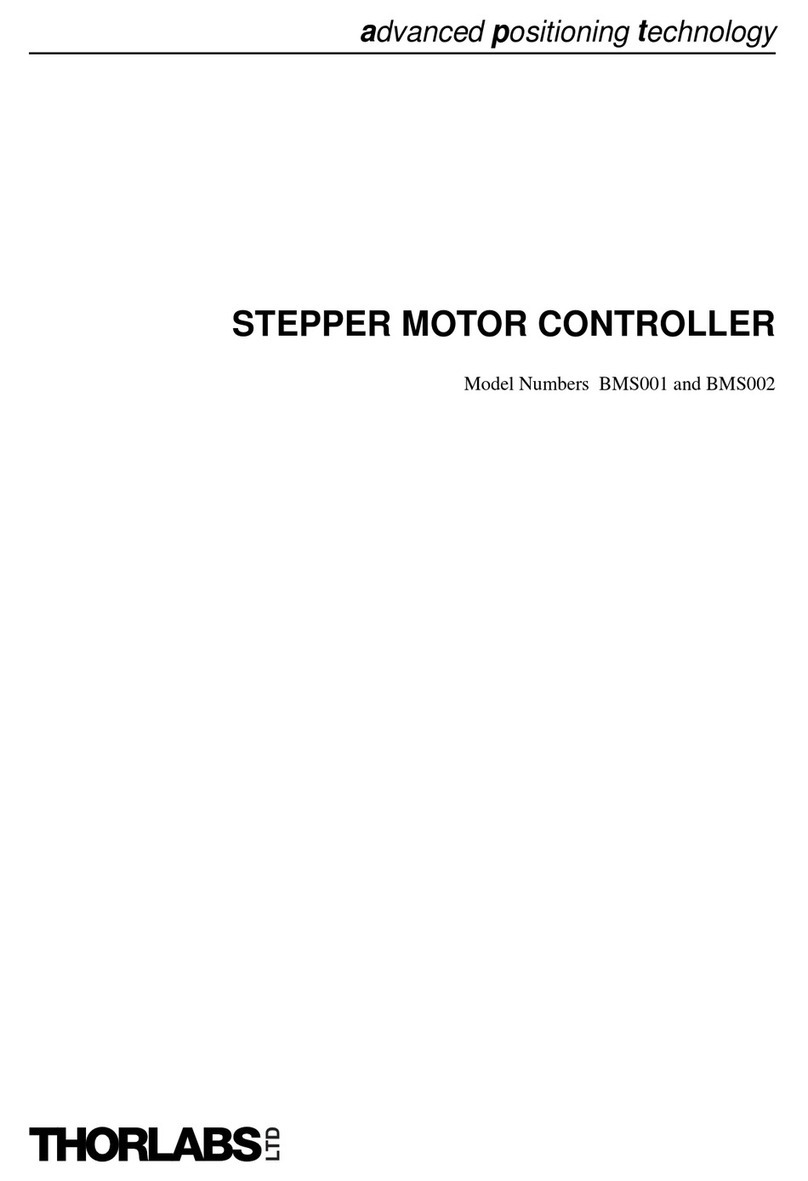
THORLABS
THORLABS BMS001 User manual
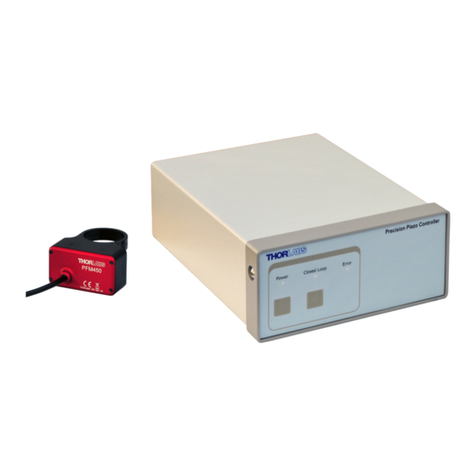
THORLABS
THORLABS Kinesis PFM450E User manual

THORLABS
THORLABS SD-OCT Telesto Series User manual

THORLABS
THORLABS FW103 Series User manual
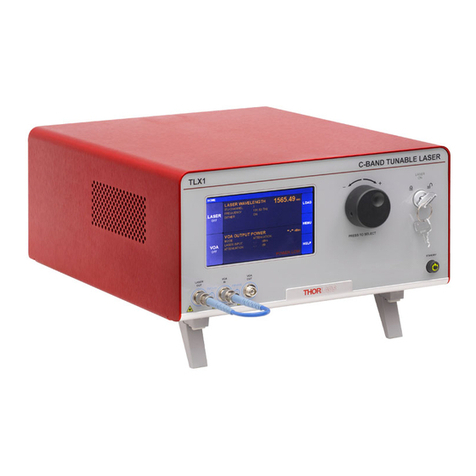
THORLABS
THORLABS TLX1 User manual
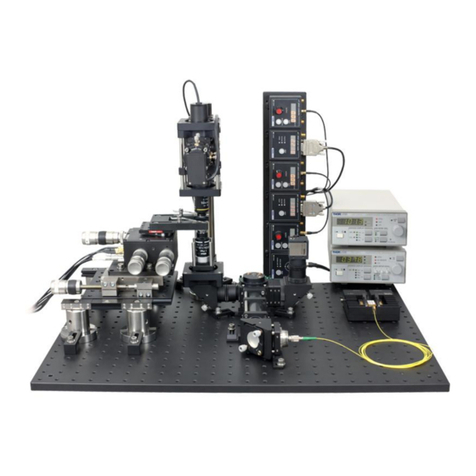
THORLABS
THORLABS OTKB User manual
Popular Laboratory Equipment manuals by other brands

Belden
Belden HIRSCHMANN RPI-P1-4PoE installation manual

Koehler
Koehler K1223 Series Operation and instruction manual

Globe Scientific
Globe Scientific GCM-12 quick start guide

Getinge
Getinge 86 SERIES Technical manual

CORNING
CORNING Everon 6000 user manual

Biocomp
Biocomp GRADIENT MASTER 108 operating manual
